How Do Oil Rigs Float
il rigs, towering structures amidst vast expanses of water, may seem paradoxical in their ability to float. Yet, their buoyancy, grounded in principles of physics, forms the foundation of their functionality. Understanding the mechanics behind how oil rigs float illuminates the ingenuity and engineering prowess involved in offshore oil extraction.
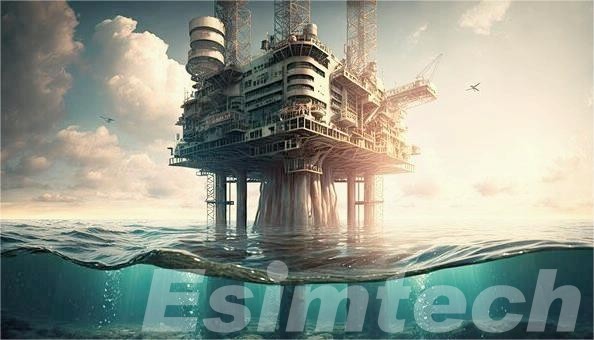
Buoyancy: The Key to Oil Rigs Floating
Amidst the vast expanses of ocean, where depths can reach unfathomable proportions, oil rigs stand as modern marvels of engineering, seemingly defying the laws of physics as they float serenely atop the water’s surface. However, the secret to their buoyancy lies in a fundamental principle that has guided seafaring vessels and maritime structures for centuries: buoyancy.
Buoyancy, as famously described by the ancient Greek mathematician Archimedes, is the upward force exerted on an object submerged in a fluid—whether it be water or air. This force is equal to the weight of the fluid displaced by the object. In simpler terms, an object will float if it displaces a volume of fluid equal to or greater than its own weight.
For oil rigs, towering behemoths of steel and concrete, achieving buoyancy is a feat of careful planning and engineering. These structures are meticulously designed to displace enough water to generate a buoyant force greater than their own weight, thus allowing them to remain afloat. This is accomplished through a combination of factors, including the shape, size, and materials used in construction.
The hollow, cylindrical legs of offshore oil platforms, for instance, serve as buoyant pontoons, displacing large volumes of water and creating the necessary upward force to counteract the rig’s weight. Additionally, air-filled chambers and buoyancy tanks are strategically integrated into the rig’s design to further enhance its buoyant properties.
Moreover, the overall density of the rig is carefully calculated to ensure that it remains lower than that of water. This involves selecting materials with specific densities and optimizing the distribution of weight throughout the structure. By meticulously managing these factors, engineers can ensure that the rig achieves and maintains the necessary buoyancy to stay afloat.
In essence, buoyancy serves as the cornerstone of oil rig design, enabling these massive structures to defy gravity and remain buoyant amidst the vast expanse of the ocean. Through a combination of scientific principles, innovative design, and meticulous engineering, oil rigs harness the power of buoyancy to unlock the vast potential of offshore oil reserves.
Different Types of Floating Oil Rigs
The diverse nature of offshore environments necessitates a variety of floating oil rigs, each uniquely suited to specific conditions and operational requirements. From towering semi-submersibles to versatile FPSO vessels, the array of floating production systems reflects the adaptability and innovation driving offshore oil exploration and production.
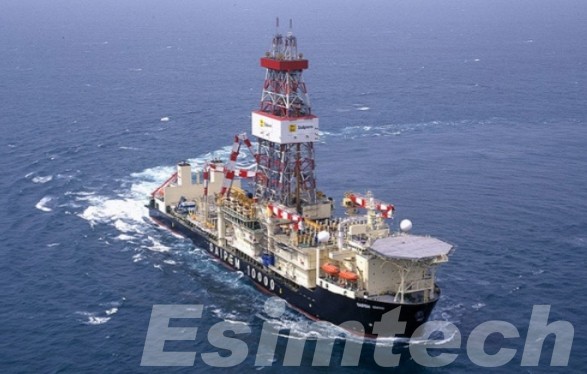
1. Floating Production Storage and Offloading (FPSO) Vessels
FPSO vessels represent one of the most prevalent and versatile forms of floating oil rigs. Essentially converted or purpose-built tankers, FPSOs combine production, processing, storage, and offloading capabilities into a single, self-contained unit. These vessels are typically stationed above offshore oil fields, where they receive hydrocarbons from subsea wells via flexible risers or flowlines.
FPSOs offer numerous advantages, including mobility, scalability, and rapid deployment. Their ability to disconnect and relocate enables operators to adapt to changing reservoir conditions or explore new fields efficiently. Moreover, FPSOs provide a cost-effective solution for developing remote and deepwater reserves, where fixed-platform installation may be impractical or prohibitively expensive.
2. Semi-Submersible Platforms
Semi-submersible platforms, characterized by buoyant pontoons and elevated deck structures, offer exceptional stability and versatility in offshore operations. These rigs are designed to partially submerge their pontoons, lowering their center of gravity and minimizing motion in response to waves and currents.
Semi-submersibles are particularly well-suited for harsh environments, including deepwater and high-sea states, where stability and reliability are paramount. Their modular design allows for easy transport and assembly, making them ideal for temporary or remote operations. Additionally, semi-submersibles can accommodate a wide range of drilling and production equipment, facilitating multi-well drilling campaigns and complex subsea tie-backs.
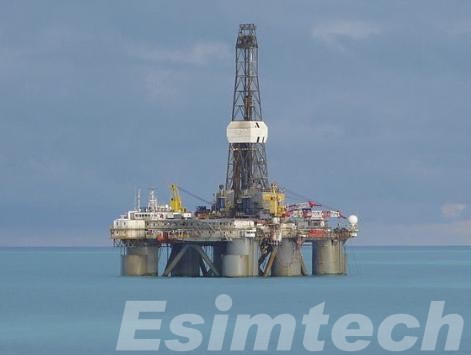
3. Tension-Leg Platforms (TLPs)
Tension-leg platforms (TLPs) are another category of floating oil rigs, distinguished by their unique mooring system and floating production structure. TLPs utilize taut vertical tendons, anchored to the seabed, to provide stability and restrain lateral movement. This configuration allows the platform to float freely while maintaining precise positioning above subsea wells.
TLPs are well-suited for moderate water depths and mild environmental conditions, where conventional mooring systems may be insufficient. Their rigid vertical tendons effectively mitigate vertical motion, enhancing operational safety and efficiency. TLPs have been successfully deployed in various offshore regions, including the Gulf of Mexico and the North Sea, supporting significant oil and gas production projects.
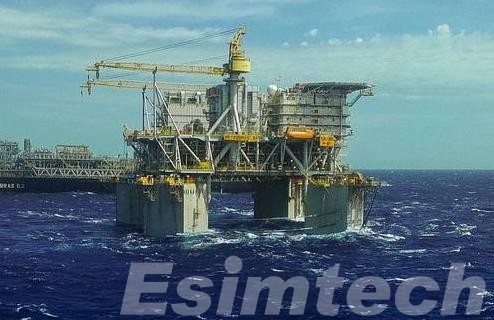
The Role of Stability in Floating Oil Rigs
Maintaining stability is just as crucial as buoyancy for oil rigs. Imagine a giant, buoyant pool float tossed around by ocean waves – this wouldn’t be a very efficient or safe way to extract oil. Here’s a deeper dive into the challenges and solutions that ensure oil rigs stay securely in place:
Challenges to Stability
- Waves and Currents: The ever-changing ocean environment throws constant curveballs. Strong waves can rock the rig, potentially causing equipment damage or compromising safety protocols. Similarly, powerful currents can try to push the rig off course, disrupting drilling operations.
- Wind: High winds can act like a giant sail, pushing the rig sideways and adding another layer of instability, especially for tall structures with a large exposed surface area.
- Shifting Weight Distribution: As drilling progresses, the weight distribution on the rig can change. Extracted oil is removed, while supplies and equipment are constantly being loaded and unloaded. This dynamic weight shift can affect the rig’s center of gravity, impacting its stability.
Solutions for Stability
- Anchoring Systems: As mentioned earlier, these are the workhorses of stability, especially in calmer waters. Massive anchors, weighing hundreds of tons, are embedded deep into the seabed using steel cables. These cables act like tethers, holding the rig firmly in place even during strong currents. However, anchoring isn’t always feasible, particularly in very deep water where driving anchors into the seabed becomes impractical.
- Dynamic Positioning (DP) Systems: For situations where anchoring isn’t an option, DP systems take center stage. These high-tech marvels utilize sophisticated computer programs and powerful underwater thrusters. Imagine a sophisticated underwater GPS system constantly monitoring the rig’s position. If the rig starts to drift off course due to wind, waves, or currents, the computer system kicks in, activating the thrusters to push the rig back into place. These thrusters are essentially underwater propellers, constantly working to maintain the rig’s position with pinpoint accuracy. DP systems require constant power and meticulous maintenance to ensure they function flawlessly during critical situations.
- Ballast Water Systems: These systems play a crucial role in maintaining stability, particularly for semi-submersible rigs. Ballast tanks are strategically located throughout the rig’s submerged pontoons. By carefully controlling the amount of water pumped in and out of these tanks, engineers can adjust the buoyancy and overall center of gravity of the rig. Imagine adjusting the amount of water in different sections of a pool float – this can significantly impact its stability. For example, if the rig starts to list to one side due to wind or uneven weight distribution, ballast water can be strategically pumped into tanks on the opposite side to counteract the list and restore stability.
Environmental Considerations and Challenges
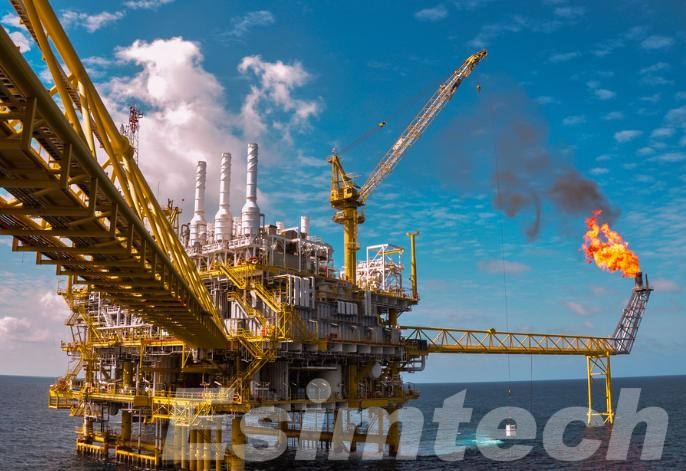
The ability of oil rigs to float and operate effectively comes with a responsibility to minimize their impact on the environment. Here’s a closer look at some key environmental considerations and challenges associated with oil rigs:
- Potential for Oil Spills: One of the most significant environmental concerns is the risk of oil spills. These can occur during drilling operations, equipment malfunctions, or even accidental collisions with ships. Spills can devastate marine ecosystems, harming fish, birds, and other wildlife. Rig operators have strict protocols in place to prevent spills, but the risk remains a major concern.
- Discharges and Waste Management: Oil rigs generate a variety of waste products during operation. This includes produced water, a mixture of water, brine, and residual oil brought up from the reservoir. Additionally, drilling fluids, waste chemicals, and sewage must all be managed responsibly to avoid contamination of the surrounding water. Strict regulations govern waste disposal, but accidental spills or improper handling can pose a threat to marine life and water quality.
- Impact on Marine Life: The noise and vibrations generated by drilling activities can disrupt marine mammal communication and migration patterns. Additionally, the presence of a large rig can alter local currents and ecosystems. Rig operators are increasingly adopting measures to reduce underwater noise pollution, but the long-term impact on marine life requires ongoing research and monitoring.
- Habitat Disruption: The placement of an oil rig and its support structures can disrupt the seabed habitat. This can affect benthic organisms (bottom-dwelling creatures) and disrupt food webs within the ecosystem. Efforts are being made to minimize the footprint of rigs and explore ways to restore the seabed after operations cease.
Conclusion
Buoyancy, achieved through clever design and strategic use of air and water displacement, is the foundation that allows oil rigs to float. Different rig types utilize buoyancy and additional features like legs or anchoring systems to maintain stability in the ever-changing ocean environment. As technology advances, the focus will continue to be on ensuring the safe and efficient operation of these vital structures, while minimizing their environmental footprint.

